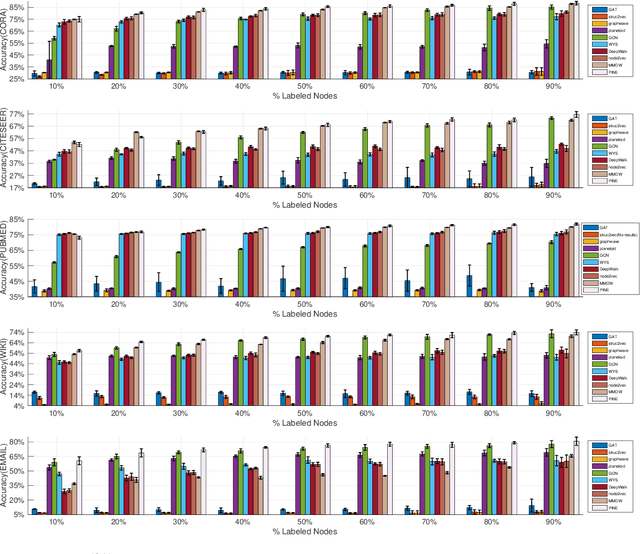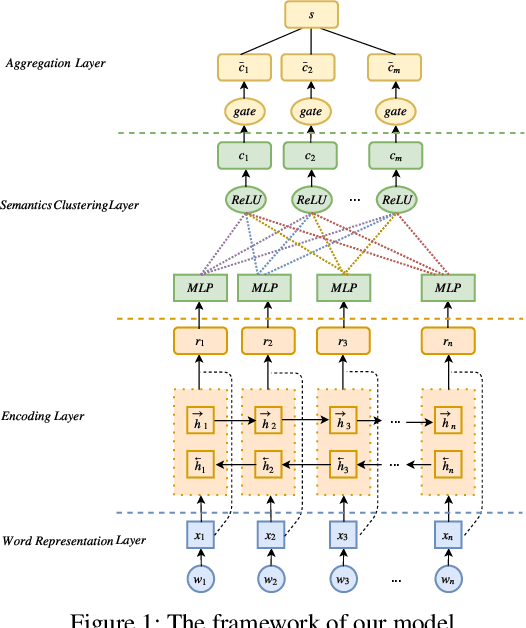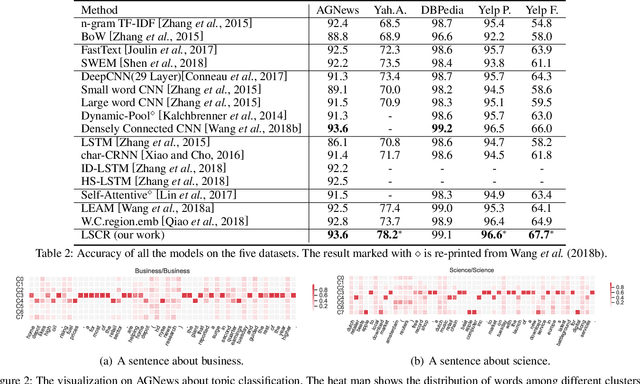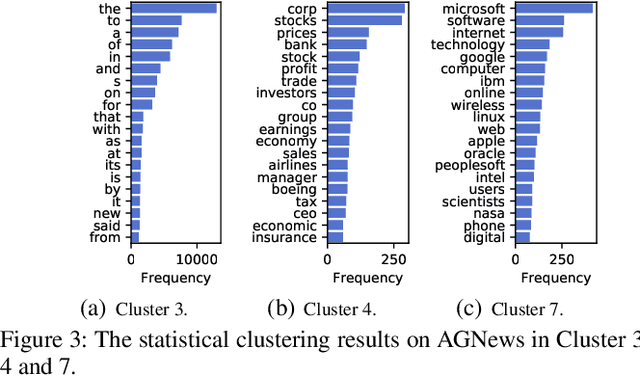Mingrui Wu
Alibaba Group
Vision Calorimeter for Anti-neutron Reconstruction: A Baseline
Aug 20, 2024



Abstract:In high-energy physics, anti-neutrons ($\bar{n}$) are fundamental particles that frequently appear as final-state particles, and the reconstruction of their kinematic properties provides an important probe for understanding the governing principles. However, this confronts significant challenges instrumentally with the electromagnetic calorimeter (EMC), a typical experimental sensor but recovering the information of incident $\bar{n}$ insufficiently. In this study, we introduce Vision Calorimeter (ViC), a baseline method for anti-neutron reconstruction that leverages deep learning detectors to analyze the implicit relationships between EMC responses and incident $\bar{n}$ characteristics. Our motivation lies in that energy distributions of $\bar{n}$ samples deposited in the EMC cell arrays embody rich contextual information. Converted to 2-D images, such contextual energy distributions can be used to predict the status of $\bar{n}$ ($i.e.$, incident position and momentum) through a deep learning detector along with pseudo bounding boxes and a specified training objective. Experimental results demonstrate that ViC substantially outperforms the conventional reconstruction approach, reducing the prediction error of incident position by 42.81% (from 17.31$^{\circ}$ to 9.90$^{\circ}$). More importantly, this study for the first time realizes the measurement of incident $\bar{n}$ momentum, underscoring the potential of deep learning detectors for particle reconstruction. Code is available at https://github.com/yuhongtian17/ViC.
TraDiffusion: Trajectory-Based Training-Free Image Generation
Aug 19, 2024



Abstract:In this work, we propose a training-free, trajectory-based controllable T2I approach, termed TraDiffusion. This novel method allows users to effortlessly guide image generation via mouse trajectories. To achieve precise control, we design a distance awareness energy function to effectively guide latent variables, ensuring that the focus of generation is within the areas defined by the trajectory. The energy function encompasses a control function to draw the generation closer to the specified trajectory and a movement function to diminish activity in areas distant from the trajectory. Through extensive experiments and qualitative assessments on the COCO dataset, the results reveal that TraDiffusion facilitates simpler, more natural image control. Moreover, it showcases the ability to manipulate salient regions, attributes, and relationships within the generated images, alongside visual input based on arbitrary or enhanced trajectories.
ControlMLLM: Training-Free Visual Prompt Learning for Multimodal Large Language Models
Jul 31, 2024Abstract:In this work, we propose a training-free method to inject visual referring into Multimodal Large Language Models (MLLMs) through learnable visual token optimization. We observe the relationship between text prompt tokens and visual tokens in MLLMs, where attention layers model the connection between them. Our approach involves adjusting visual tokens from the MLP output during inference, controlling which text prompt tokens attend to which visual tokens. We optimize a learnable visual token based on an energy function, enhancing the strength of referential regions in the attention map. This enables detailed region description and reasoning without the need for substantial training costs or model retraining. Our method offers a promising direction for integrating referential abilities into MLLMs. Our method support referring with box, mask, scribble and point. The results demonstrate that our method exhibits controllability and interpretability.
Evaluating and Analyzing Relationship Hallucinations in LVLMs
Jun 24, 2024



Abstract:The issue of hallucinations is a prevalent concern in existing Large Vision-Language Models (LVLMs). Previous efforts have primarily focused on investigating object hallucinations, which can be easily alleviated by introducing object detectors. However, these efforts neglect hallucinations in inter-object relationships, which is essential for visual comprehension. In this work, we introduce R-Bench, a novel benchmark for evaluating Vision Relationship Hallucination. R-Bench features image-level questions that focus on the existence of relationships and instance-level questions that assess local visual comprehension. We identify three types of relationship co-occurrences that lead to hallucinations: relationship-relationship, subject-relationship, and relationship-object. The visual instruction tuning dataset's long-tail distribution significantly impacts LVLMs' understanding of visual relationships. Furthermore, our analysis reveals that current LVLMs tend to disregard visual content and overly rely on the common sense knowledge of Large Language Models. They also struggle with reasoning about spatial relationships based on contextual information.
LLM-Augmented Retrieval: Enhancing Retrieval Models Through Language Models and Doc-Level Embedding
Apr 08, 2024Abstract:Recently embedding-based retrieval or dense retrieval have shown state of the art results, compared with traditional sparse or bag-of-words based approaches. This paper introduces a model-agnostic doc-level embedding framework through large language model (LLM) augmentation. In addition, it also improves some important components in the retrieval model training process, such as negative sampling, loss function, etc. By implementing this LLM-augmented retrieval framework, we have been able to significantly improve the effectiveness of widely-used retriever models such as Bi-encoders (Contriever, DRAGON) and late-interaction models (ColBERTv2), thereby achieving state-of-the-art results on LoTTE datasets and BEIR datasets.
End-to-End Zero-Shot HOI Detection via Vision and Language Knowledge Distillation
Apr 01, 2022



Abstract:Most existing Human-Object Interaction~(HOI) Detection methods rely heavily on full annotations with predefined HOI categories, which is limited in diversity and costly to scale further. We aim at advancing zero-shot HOI detection to detect both seen and unseen HOIs simultaneously. The fundamental challenges are to discover potential human-object pairs and identify novel HOI categories. To overcome the above challenges, we propose a novel end-to-end zero-shot HOI Detection (EoID) framework via vision-language knowledge distillation. We first design an Interactive Score module combined with a Two-stage Bipartite Matching algorithm to achieve interaction distinguishment for human-object pairs in an action-agnostic manner. Then we transfer the distribution of action probability from the pretrained vision-language teacher as well as the seen ground truth to the HOI model to attain zero-shot HOI classification. Extensive experiments on HICO-Det dataset demonstrate that our model discovers potential interactive pairs and enables the recognition of unseen HOIs. Finally, our method outperforms the previous SOTA by 8.92% on unseen mAP and 10.18% on overall mAP under UA setting, by 6.02% on unseen mAP and 9.1% on overall mAP under UC setting. Moreover, our method is generalizable to large-scale object detection data to further scale up the action sets. The source code will be available at: https://github.com/mrwu-mac/EoID.
PINE: Universal Deep Embedding for Graph Nodes via Partial Permutation Invariant Set Functions
Sep 25, 2019



Abstract:Graph node embedding aims at learning a vector representation for all nodes given a graph. It is a central problem in many machine learning tasks (e.g., node classification, recommendation, community detection). The key problem in graph node embedding lies in how to define the dependence to neighbors. Existing approaches specify (either explicitly or implicitly) certain dependencies on neighbors, which may lead to loss of subtle but important structural information within the graph and other dependencies among neighbors. This intrigues us to ask the question: can we design a model to give the maximal flexibility of dependencies to each node's neighborhood. In this paper, we propose a novel graph node embedding (named PINE) via a novel notion of partial permutation invariant set function, to capture any possible dependence. Our method 1) can learn an arbitrary form of the representation function from the neighborhood, withour losing any potential dependence structures, and 2) is applicable to both homogeneous and heterogeneous graph embedding, the latter of which is challenged by the diversity of node types. Furthermore, we provide theoretical guarantee for the representation capability of our method for general homogeneous and heterogeneous graphs. Empirical evaluation results on benchmark data sets show that our proposed PINE method outperforms the state-of-the-art approaches on producing node vectors for various learning tasks of both homogeneous and heterogeneous graphs.
Mimicking Human Process: Text Representation via Latent Semantic Clustering for Classification
Jun 18, 2019



Abstract:Considering that words with different characteristic in the text have different importance for classification, grouping them together separately can strengthen the semantic expression of each part. Thus we propose a new text representation scheme by clustering words according to their latent semantics and composing them together to get a set of cluster vectors, which are then concatenated as the final text representation. Evaluation on five classification benchmarks proves the effectiveness of our method. We further conduct visualization analysis showing statistical clustering results and verifying the validity of our motivation.
GESF: A Universal Discriminative Mapping Mechanism for Graph Representation Learning
Jun 05, 2018

Abstract:Graph embedding is a central problem in social network analysis and many other applications, aiming to learn the vector representation for each node. While most existing approaches need to specify the neighborhood and the dependence form to the neighborhood, which may significantly degrades the flexibility of representation, we propose a novel graph node embedding method (namely GESF) via the set function technique. Our method can 1) learn an arbitrary form of representation function from neighborhood, 2) automatically decide the significance of neighbors at different distances, and 3) be applied to heterogeneous graph embedding, which may contain multiple types of nodes. Theoretical guarantee for the representation capability of our method has been proved for general homogeneous and heterogeneous graphs and evaluation results on benchmark data sets show that the proposed GESF outperforms the state-of-the-art approaches on producing node vectors for classification tasks.
 Add to Chrome
Add to Chrome Add to Firefox
Add to Firefox Add to Edge
Add to Edge